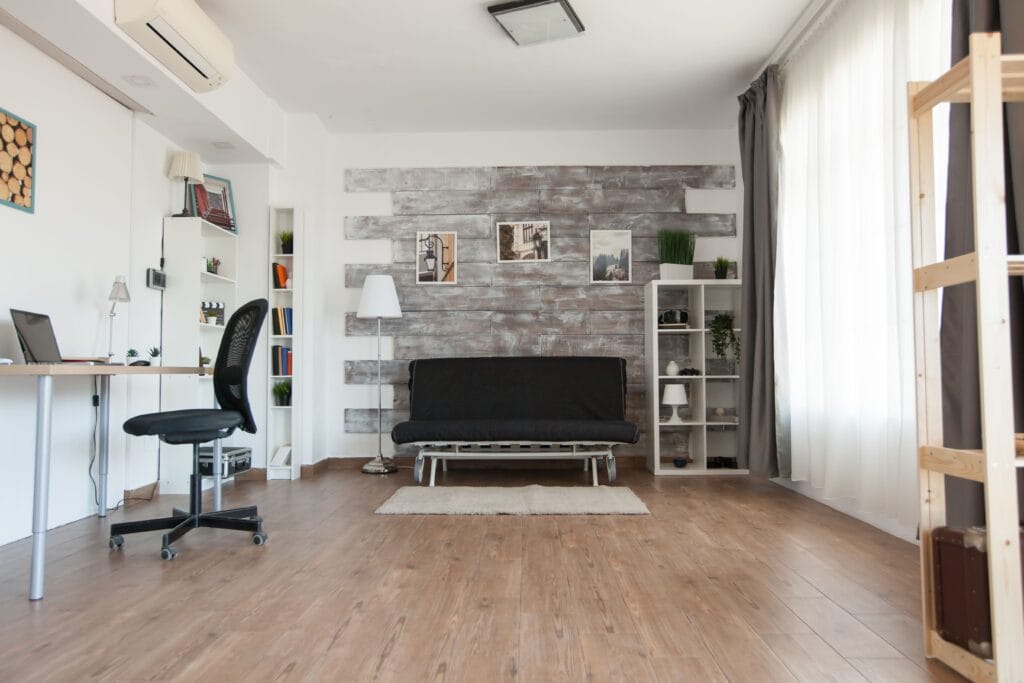If you’ve ever admired a room where the floor itself felt like a work of art, chances are you were standing on mosaic wood floors. Unlike traditional planks, parquet invites you to think of flooring as design—geometric, textural, and deeply expressive. But with so many choices, how do you decide what’s right for your home?
At the same time, many homeowners explore broader renovation design tips to create a cohesive remodel. The good news is, parquet fits beautifully into both historic and contemporary visions.
This guide breaks the decision-making process into clear, actionable steps.
Step 1: Define Your Design Goals
Before you choose a single plank, ask yourself: What atmosphere do I want this space to have?
For classic elegance, patterned hardwood like herringbone works beautifully.
For modern energy, geometric wood flooring in chevron patterns adds movement.
For warmth and coziness, basket weave or square designs fit family spaces.
Your goal sets the tone for every other decision.
Step 2: Select the Right Wood Species
Different woods impact color, durability, and maintenance:
Oak: Versatile, durable, and timeless.
Walnut: Rich, dark tones perfect for formal areas.
Maple: Light and modern, ideal for smaller rooms.
Decorative timber flooring isn’t just about pattern—it’s about how species support your overall aesthetic.
Step 3: Choose a Pattern
This is where artistry comes in:
Herringbone: Creates visual depth.
Chevron: Adds bold, modern appeal.
Versailles Panels: For a historic, luxury feel.
Custom Inlays: Personalize with borders or medallions.
Each parquet wood panel arrangement makes a unique statement.

Step 4: Consider Finishes
Finishes not only affect looks but also performance:
Matte Oil Finish: Natural appearance, enhances wood grain.
High-Gloss Polyurethane: Adds shine and highlights pattern.
Wire-Brushed or Distressed: Provides character and hides wear.
Finishes give you the opportunity to tailor your parquet to the room’s personality.
Step 5: Plan for Installation
Installation is precise work. Ensure your contractor has experience in parquet systems:
Subfloor Prep: A stable, level base is critical.
Layout Dry Run: Patterns must align seamlessly.
Adhesive or Nailing: Method depends on wood type and subfloor.
Sealing: Protects against moisture and wear.
Skipping professional expertise often leads to costly mistakes.
Step 6: Maintenance Planning
To keep parquet wood panels beautiful for decades:
Sweep regularly to remove grit.
Use felt pads on furniture legs.
Refinish every 7–10 years, depending on wear.
A little maintenance ensures long-term performance.
Homeowner’s Checklist
✔ Clarify design goals
✔ Select wood species
✔ Decide on pattern
✔ Pick the right finish
✔ Hire a skilled installer
✔ Create a care routine
👉 Following these steps ensures your parquet flooring isn’t just stunning when installed—it remains a lasting feature of your home for generations.
